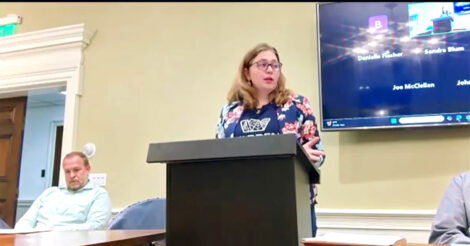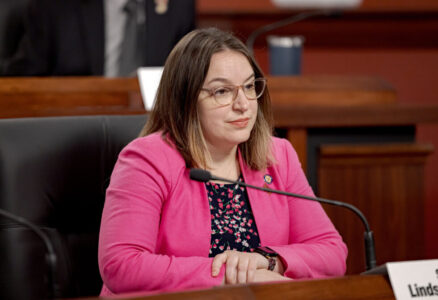New assessments don’t mean new tax receipts
Warren County School District officials are trying to set the record straight when it comes to how the countywide property reassessment will affect school taxes.
The board met Monday for committee meetings. The current millage for the Warren County School District will be set in December as part of the 2026 budget process. The new assessments will go into effect in January. The district is also proposing a budget of $93.86 million for the 2025-26 school year, reflecting a $2.29 million increase over the current year’s budget. One common public talking point regarding the countywide property reassessment is the belief that the reassessment will mean an increase in tax revenue for local governments and the county school district.
“We are going through a reassessment; the reassessment is being done by the county and there’s a lot of people that are getting notices that their property has gone up a lot in value and so there is a belief that the school district is going to get a lot more tax revenue because of the assessments. That is not a true statement; the reassessment will be budget neutral to the school district,” said Michael Kiehl, Warren County School District treasurer. “What I mean by ‘budget neutral’ is let’s say, for example, we’re collecting roughly $21 million in local taxes this year; even though a property got assessed for a higher value; there will be a period that once all the appeals are done and the tax assessment is comfortable with the new assessments, they’ll send me the number. There’s going to be a millage adjustment and that millage adjustment down will be based on the proportionality of how much the tax assessments have gone up. And so next year, assuming that the board does not elect to increase the mills, the tax collection next year for the school district would remain at $21 million. Nothing through the assessment; we do not get more money; it is budget neutral on the assessment. I just wanted to clarify that because there are a lot of questions around that.”
The millage rate is a tax rate used by local governments to determine property taxes indicating tax owed based on the assessed property value. One mill equals one dollar of tax for every $1,000 dollars of assessed value. For example, a millage rate of ten means paying ten dollars in taxes for $1,000 of assessed value. Local authorities, such as county governments and school boards, set their own millage rates based on the amount of tax revenue they need to raise to pay for services. The state’s Act 1 index is used to determine the maximum tax increases for each tax the school district levies without state Education Department exception or voter approval.
There are online documents that provide information on the base index and each school district’s adjusted index for school year 2026-27, including the PA Bulletin Notice Regarding 2026-27 Base Index, the 2026-27 School District Adjusted Index Listing. Files containing historical Act 1 index data for school years 2015-16 through 2026-27 are reported in the Base Index History and the Adjusted Index History.
“Unless we adopt a resolution to go above the Act 1 index, that is going to be set, that we cannot raise taxes above 2.94 mills, in the next upcoming budget,” Kiehl said. “It will be the administration’s and my recommendation that we do pass a resolution that we do not go above the Act 1 index when it comes next month.”
Board member John Wortman asked if the rough estimate of money that has been saved from closing Youngsville and Sheffield high schools is $1.7 million. Kiehl said that number is correct.
“OK. So if we’re allowed, next year to raise taxes to the maximum millage allowable (2.9496) with an approximate value of $400,000 per mill, the maximum that we could generate from local tax increases in next year’s budget would be $1,179,840,” Wortman said.




